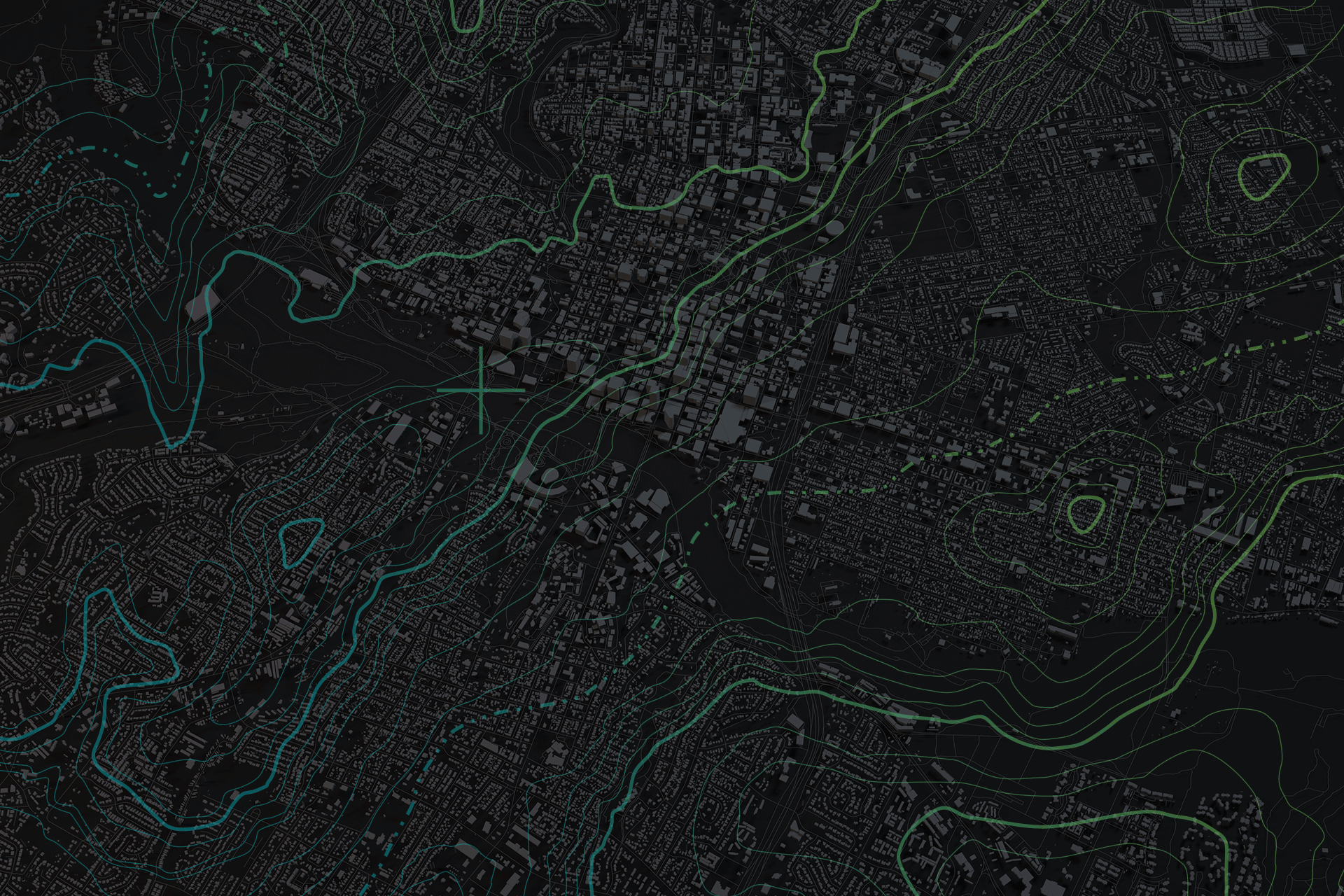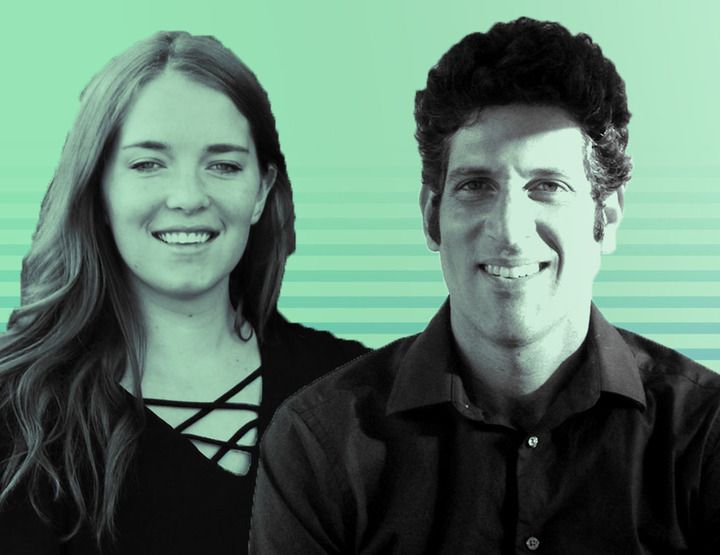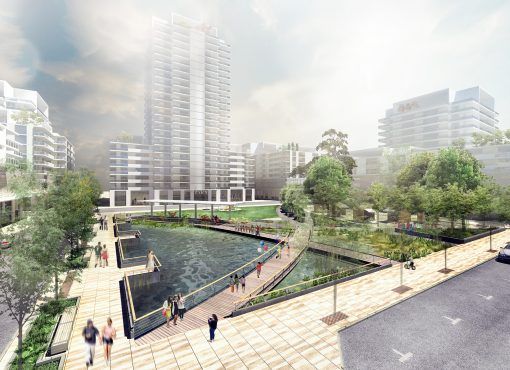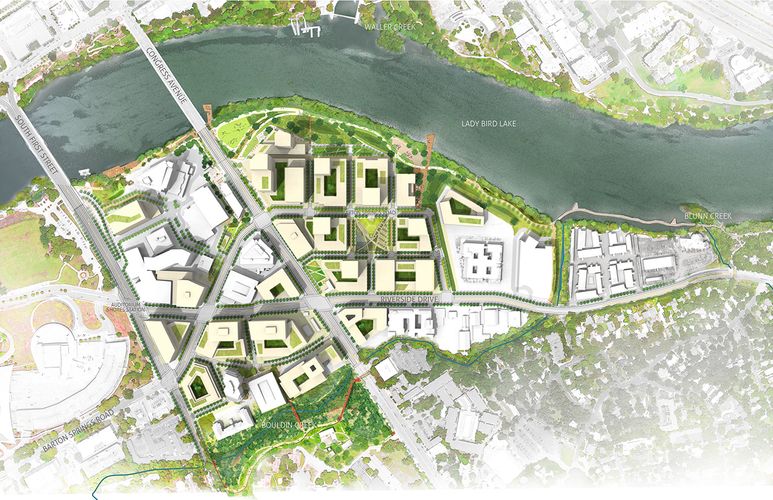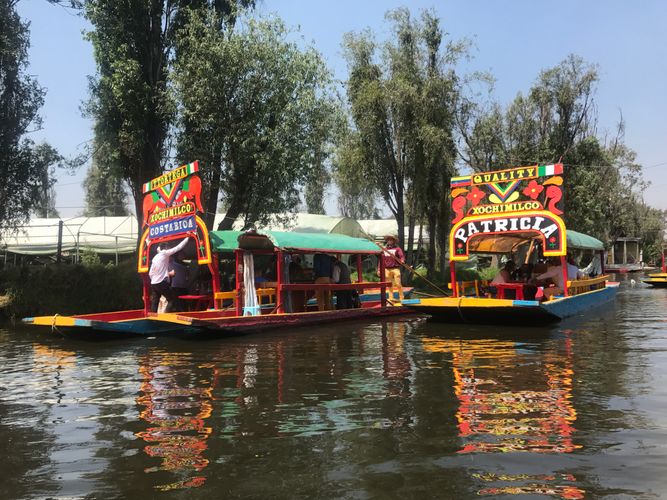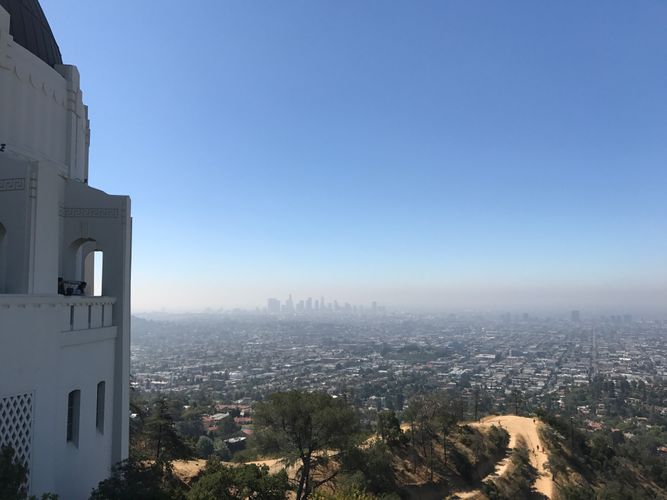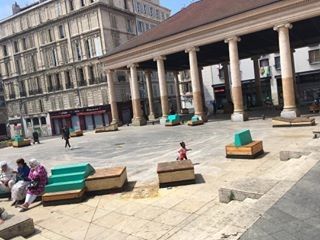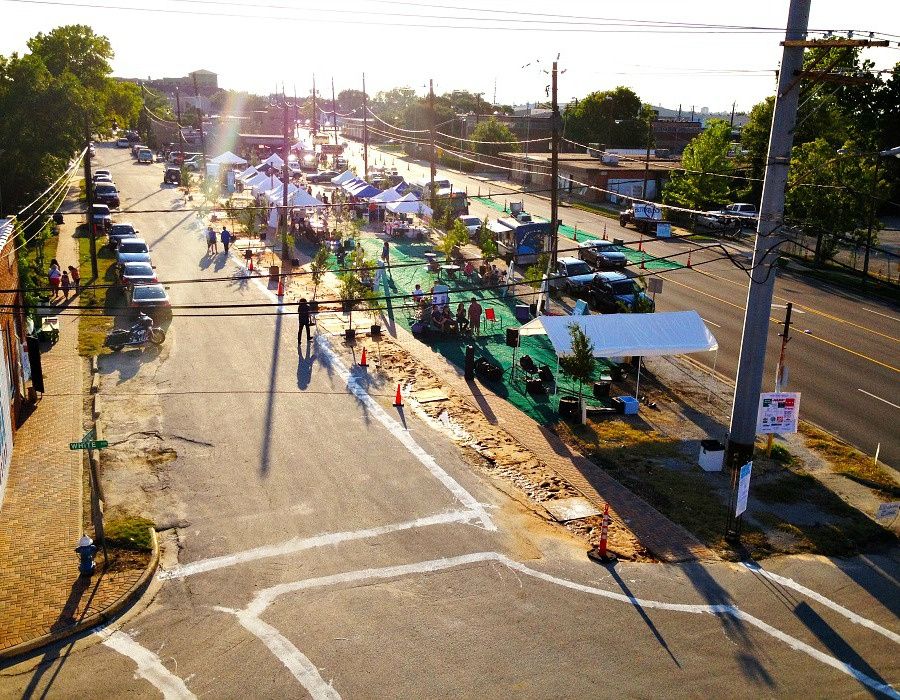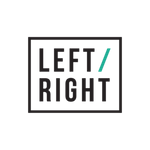What are some of your favorite designers or projects that inspire you?
MS: “Locally, James Louis Walker, the founder of Type Hike, is really inspiring to me. He's a graphic designer who focuses on typography and has used it as a platform to raise money for our natural parks and endangered species by gathering all of these different designers to create posters and a book. You see a whole bunch of different graphic styles and points of view, which I think is fascinating.
“Architecturally, I really like Studio Gang, because they push the boundaries of their work away from just architecture, touching on everything from urban design and planning to public art. Also, there is a whole host of really great marketing and hospitality companies that create place-based and detail-oriented projects, like Bunkhouse (Hotel San Jose, El Cosmico), McGuire Mooreman (June’s, Elizabeth Street Cafe), and Preacher. They all create these really immersive experiences and incredibly detail-oriented projects that I am a huge fan of, and I think are an important push back against many of our backgrounds in design.”
EL: “I am always inspired by projects that find a way to really be hyper-sensitive to local conditions and are influenced by local context, but then bring in broader influences. Austin has so much of this if you look at the kind of commercial enterprises that have thrived here. It’s funny how much I appreciate a good local fast food place like P.Terry’s or Torchy’s Tacos. Those places have used design as a part of their story and marketing in a really integral way.
“A firm that I really like is Gehl Studio, a firm based in Copenhagen. They're a hybrid of planning and design practice and focus on how people interact with their environments. A while back, the guys from Rebar Studio in San Francisco who essentially launched the first Parking Day, which has now become a big influence our tactical urbanism, joined Gehl and really expanded that firm’s work in the U.S. Studio Gang is a great architectural example—they have found a way to transcend the typical boundaries of architecture.
“I also really admire the work of the New York-based firm Interboro Partners. They’ve been super successful at developing projects that are both practical and theoretical, and which really try to understand the policies and practices which guide the creation of urban places.”
